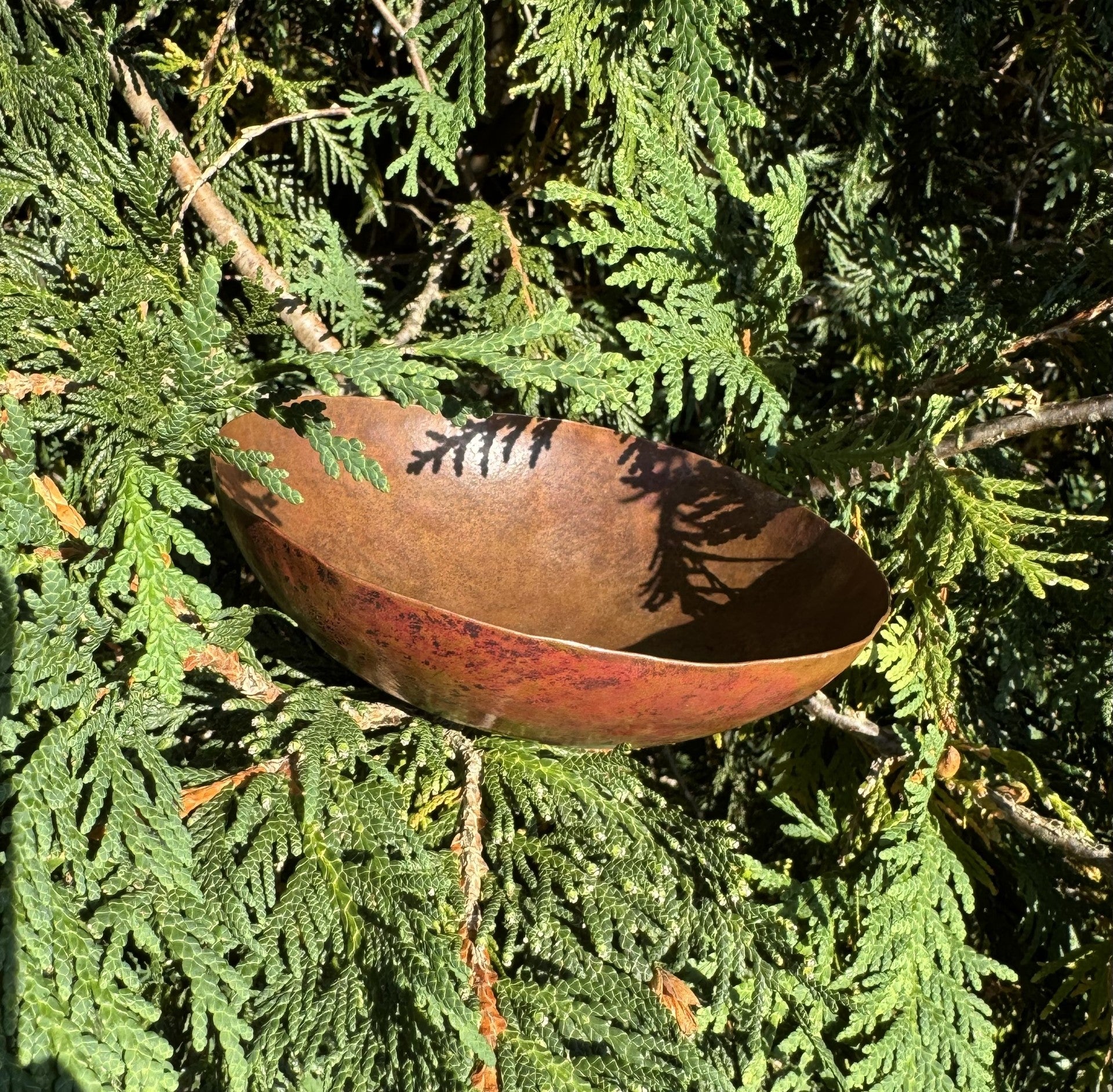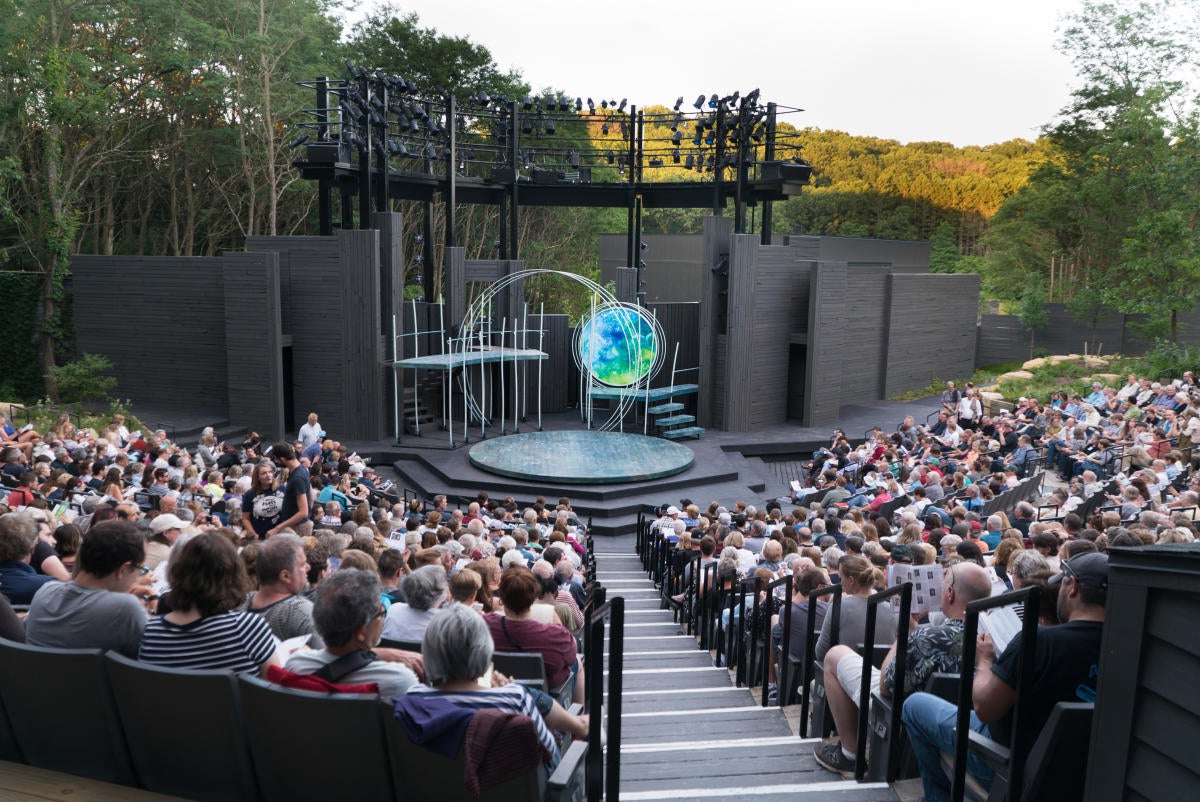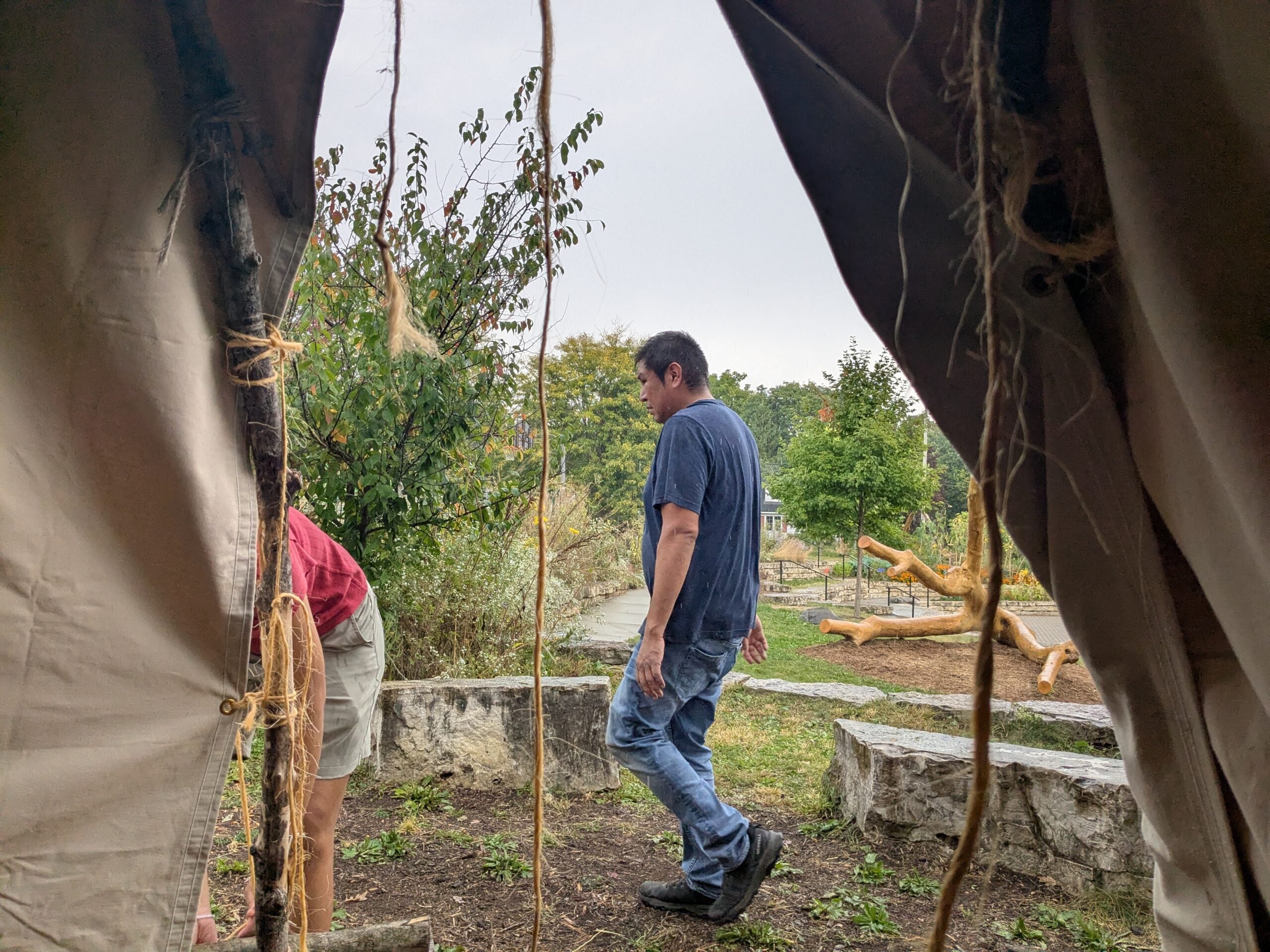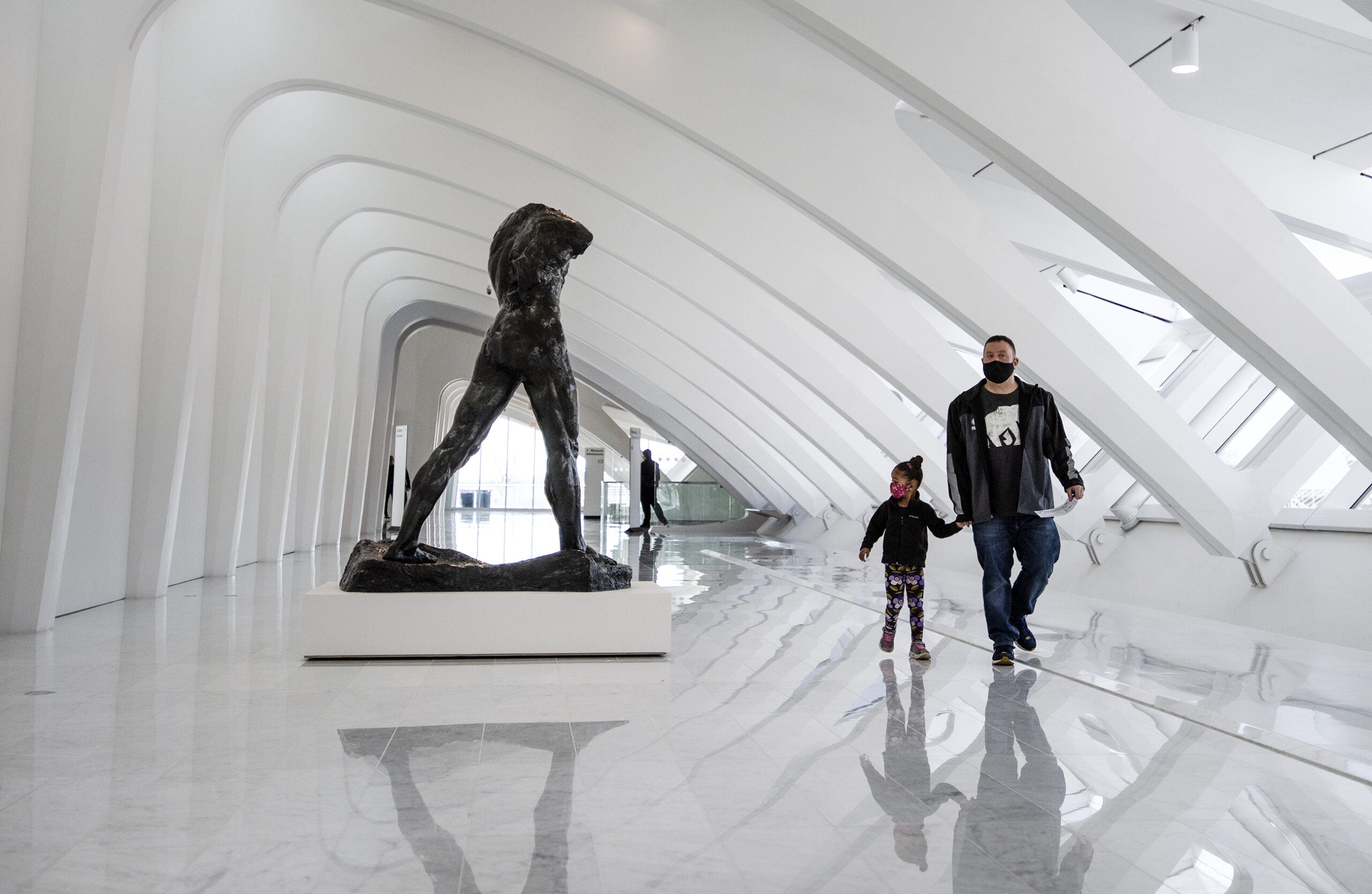When Martha Buche started practicing Indigenous arts, she was trying to reconnect with her Potawatomi heritage. Now, she’s winning awards for her work.
Buche lives in Viroqua and teaches at folk schools throughout the Midwest on traditional arts ranging from basket making to quilling, beading and creating copper bowls with stone tools. Last month, she was recognized by Arts Midwest with a Midwest Culture Bearers Award — a designation they give to artists, “whose work is rooted in cultural preservation and sharing knowledge with the next generation.”
Buche told WPR’s “Wisconsin Today” that her mother and grandmother didn’t know that much about their culture. Buche rekindled that connection while working overseas for the military.
News with a little more humanity
WPR’s “Wisconsin Today” newsletter keeps you connected to the state you love without feeling overwhelmed. No paywall. No agenda. No corporate filter.
“There is a very strong warrior culture in indigenous heritage, and so there are many indigenous peoples who (served) in the military,” Buche said. “There was an intertribal society that regularly met. I attended a meeting and just started asking questions.”
When she moved back to the United States, she attended regional and Potawatomi pow wows and traditional art gatherings with her sister. Her training at Lawrence University in Appleton prepared her to take up crafts with deeper ties to her family’s history.
Buche talked with host Rob Ferret about what draws her to traditional crafts and why it’s important to her to pass these traditions on.
The following was edited for clarity and brevity.
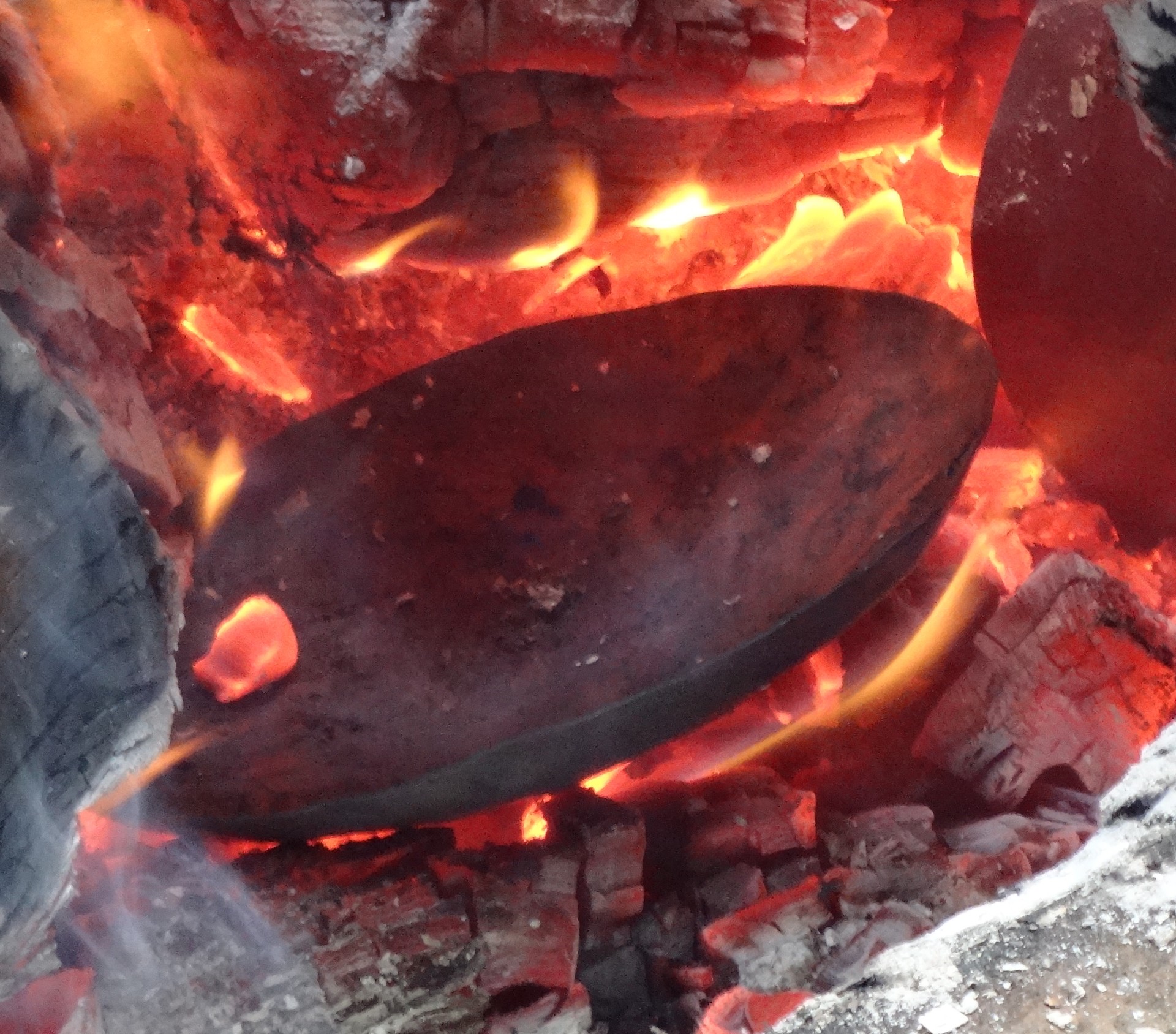
Rob Ferrett: I am particularly excited to talk to you about making copper bowls. It’s a locally sourced ingredient from the shores of Lake Superior. People have been doing this for literally thousands of years in what is now Wisconsin. Can you talk more about what you’re doing with this copper and these methods?
Martha Buche: We have the benefit of receiving recycled copper through 21st century processes. But indigenous peoples of the past were very blessed to have almost pure copper nuggets from the Lake Superior copper deposits just lying on the ground or easily mined. They could pick up these heavy, beautiful stones and began hammering them and exploring what copper could do.
In my classes, because we’re working with discs of six inch copper — I use 20-gauge copper — we use traditional hammer stones from the surf of Lake Superior. They’re basalt stones that, as in so many ways, the creator will give us what we need with what plagues us, side by side. You know you can find the jewel weed right next to the nettles, and you can treat your itchy nettles with the jewelweed. The same is true for copper and basalt. The copper often is running in veins through basalt, but basalt is a very, very hard volcanic stone.
The hammer stones that I have have hammered dozens, maybe even hundreds of bowls by now. But there’s never been a chip or a crack because they’re so hard. We use those as hammers. Your elbow to your wrist becomes the shaft of the hammer, and the stone in your hand is like the head of the hammer. And we go through the process of sinking these discs into copper bowls.
RF: I understand teaching has become very important to you. What made you want to take the step from learning these traditional arts to passing this on to other people?
MB: I think I am just a natural teacher. I’ve worked with young children for quite a long time, and I’ve gone on to really teach every age group.
I just enjoy helping people connect with their creativity. I find real joy in seeing how people’s character and their personalities will come through in the work that they do. That’s very true in working with hammered copper bowls — people will use great force and make a very deep bowl because they have a forceful personality, and people who are more relaxed or a little more timid will make a more shallow bowl with with less impact.
It’s just fascinating to me to be able to connect with people and to “midwife” an art piece through them by helping them to find their own inner creativity and their ability to express that innate divinity that we all possess.
RF: Sometimes if people talk about Native American art, they might think of an old piece they see in a museum. Clearly, Native American art is happening in 2024. How important is it to you to highlight that these are living, breathing traditions?
MB: We are very much living and breathing and creating to this day. While there have been efforts over the course of history to remove Indigenous people from the land, we are still here and there is much to take in and understand and learn about Indigenous culture and Indigenous art. There are a lot of wonderful artists out there. So be looking, be remembering. Maybe some of your neighbors are of Indigenous heritage and you don’t even know it. Go out there and be looking and noticing and appreciating.
Editor’s Note: This article has been corrected to note that Buche worked for the military, but did not serve in it.
Wisconsin Public Radio, © Copyright 2025, Board of Regents of the University of Wisconsin System and Wisconsin Educational Communications Board.

